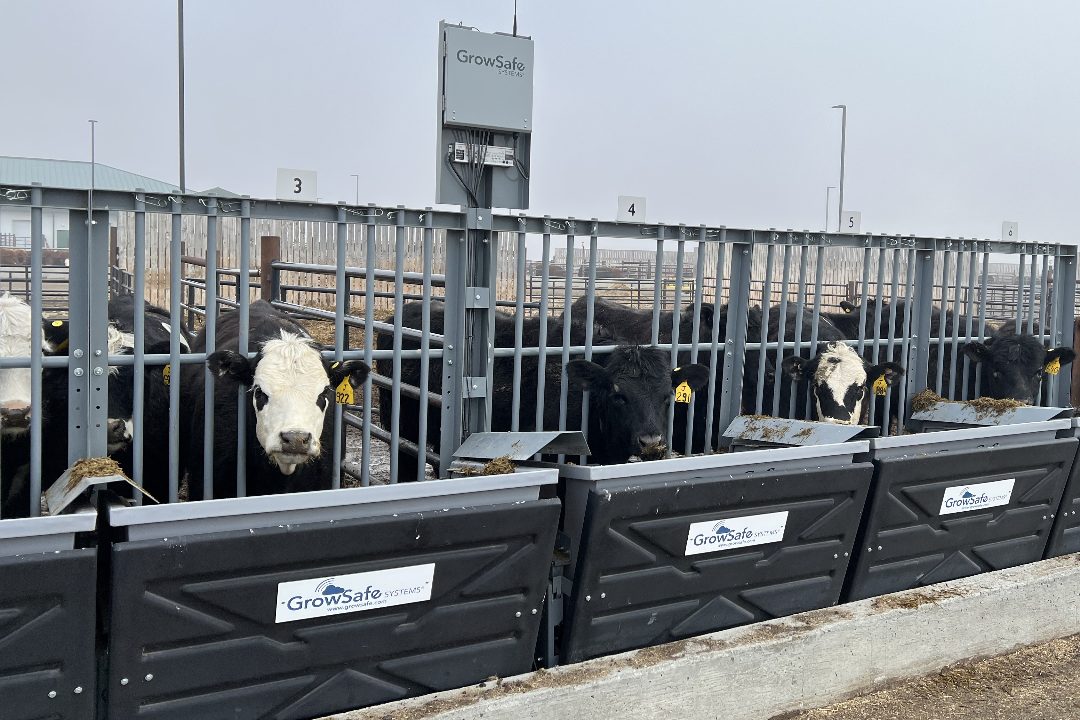The study was completed last year and now Dubois is writing the results paper. She will defend her master’s thesis next month and start her PhD to follow up on the project by looking at larger numbers of animals and try to connect them with genetics.
“There are a lot of things that genetics drive that could be causing those different phenotypes to come out. I’m not quite sure what we’re looking at, but there is something there. We just don’t have the numbers yet,” she said.
While few studies have been done that support their findings, Ribeiro said that a recent meta-analysis study (a study summarizing data from multiple research studies) from Europe found similar results.
“With that, we are planning to do a lot more work in this area, hopefully, if we get all the funding in place that we are working on now,” Ribeiro said.
Funding from the Agriculture and Agri-Food Canada’s Agriculture Methane Reduction Challenge and industry funds from the BCRC and the Alberta Results Driven Agriculture Research (RDAR) are already in place for this future work.
The next step will be to understand the better-performing heifer phenotype and look at it in a larger group.
“The main problem we have is to do that deep work, we need to get more phenotypes and those are very expensive to get,” Ribeiro said.
Ribeiro plans to build a research team around this study. He has already received support from professors and researchers Dr. Bart Lardner (PhD) and Dr. Greg Penner (PhD), and Dr. Mika Asai-Coakwell (PhD) (geneticist), all in the AgBio college, and Dr. Robert Gruninger (PhD) (rumen microbiologist) from AAFC in Lethbridge, Alta. He also hopes to connect with the genetics team at the University of Alberta.
“We need a lot of brains together to think about what’s going on, what it means,” Ribeiro said. “And to think toward the future. What do we do next?
“By selecting those heifers that can eat and digest fibre more efficiently, we think there’s an opportunity to reduce the cost of production and increase profitability. So, I think for the producer, that’s super important.”
Down the road, producers themselves could select for these positive traits, he said.
“We’re trying to find an easy way to identify those animals and create the technology for producers to make it easy to identify this phenotype, perhaps by DNA testing a blood or hair sample.”
For cattle producers, the research could ultimately be herd-changing. By selecting for hungrier heifers that eat faster and spend more time ruminating, you could produce heavier cattle at a much lower cost and with lower methane emissions.

